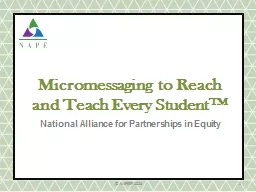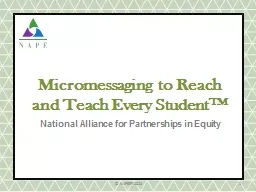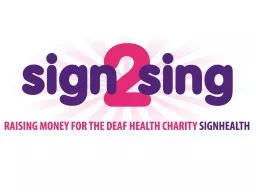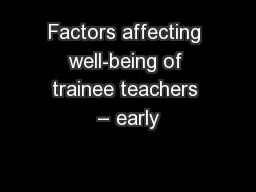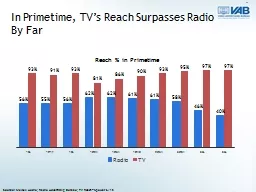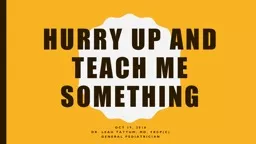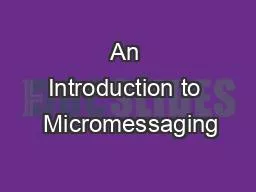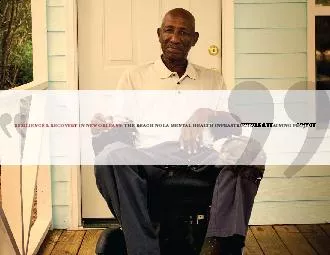PPT-Micromessaging to Reach and Teach Every Student
Author : enkanaum | Published Date : 2020-08-27
TM National Alliance for Partnerships in Equity NAPEEF 2013 1 Agenda 2 Topic Approximate Time Overview of NAPE 5 minutes Program Foundation 10 minutes Micromessaging
Presentation Embed Code
Download Presentation
Download Presentation The PPT/PDF document "Micromessaging to Reach and Teach Every..." is the property of its rightful owner. Permission is granted to download and print the materials on this website for personal, non-commercial use only, and to display it on your personal computer provided you do not modify the materials and that you retain all copyright notices contained in the materials. By downloading content from our website, you accept the terms of this agreement.
Micromessaging to Reach and Teach Every Student: Transcript
Download Rules Of Document
"Micromessaging to Reach and Teach Every Student"The content belongs to its owner. You may download and print it for personal use, without modification, and keep all copyright notices. By downloading, you agree to these terms.
Related Documents

